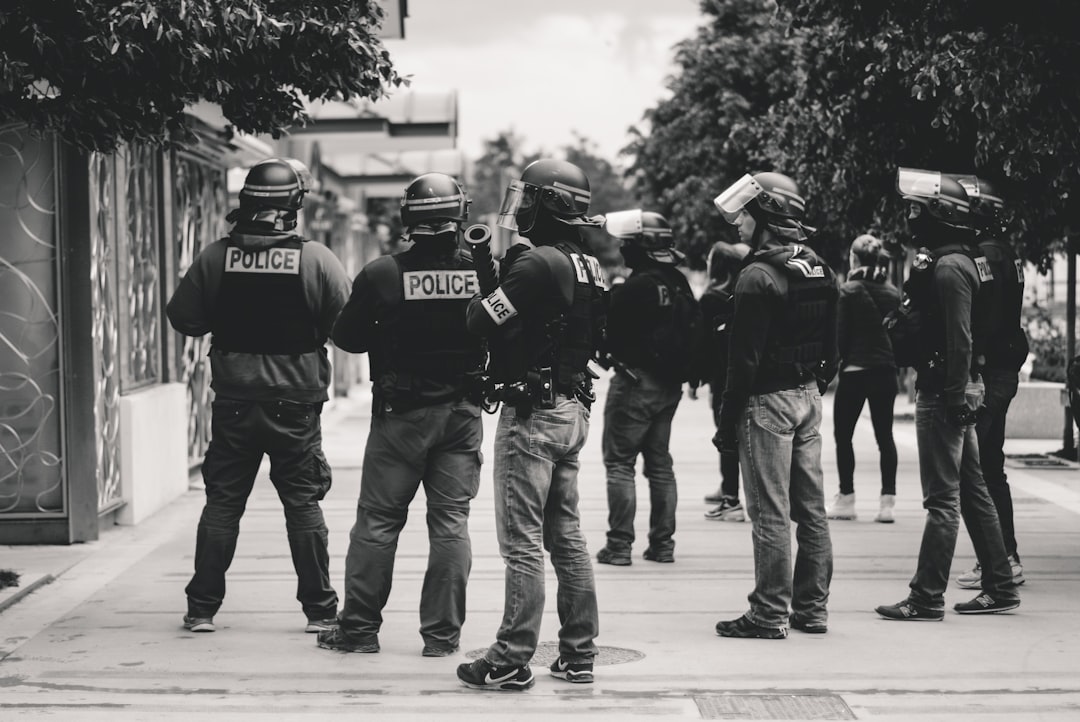Corrections Officer, Detention Officer, and Jail Exam Questions
Do you need to take the Civil Service Corrections Officer Exam at the federal, state, county or local level?
Do you know what type of questions, material and content you will be tested on? Don’t worry many applicants are totally clueless on what is going to be on the test. The correctional officer examination was designed to evaluate a potential recruit’s reasoning and judgment capabilities as well basic skills needed to effective perform the many tasks of a detention officer. The last thing a correctional facilitate wants to do is hire someone who cannot follow directions or who can’t complete an incident report.
The corrections officer exam was designed to filter out those individuals that wouldn’t fair well as a jailer or prison guard. One thing that you must know about the corrections officer test is that the exam is made up of eight major test categories. Each section of the test will combine to make up your overall score. If you do well on one section but fail the other, you will not do well.
Here’s just one practice question taken from the reading comprehension section of the test.
Directions:
In this section, several passages are presented. Each passage is followed by several questions. Select the best answer to each question based on the information in the passage, marking the circle (A, B, C, or D) on your answer sheet. An example is provided below.
Sample corrections officer exam question #1:
First aid is to be given in order of priority. Problems with breathing, circulation, and bleeding are the highest priority. Injuries to the neck and spine should be identified and treated before injuries to the extremities. For example, in treating fractures, injuries to the neck and spine are always treated first; then the head and rib cage; and finally, the arms and legs. Open chest wounds, open abdominal wounds, shock, and serious burns should all be cared for before fractures are treated.
According to the passage, which of the following injuries should receive the lowest priority for treatment?
A. An airway blockage.
B. Heavy bleeding from a cut on the arm.
C. Broken ribs.
D. A broken ankle.
Answer:
For this example, the correct answer is D because, according to the passage, fractures are lower priority than breathing problems or bleeding, and fractures in the extremities are the lowest priority.






